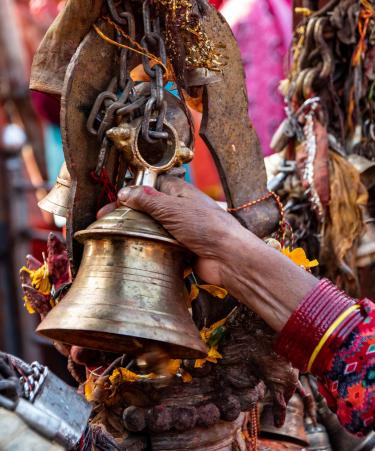
Principal investigator
Seema Sohi

Collaboration + support
Organization of American Historians
Learn more about this topic:
 Seema Sohi grew up in California’s San Joaquin Valley, where she attended the first U.S. Sikh house of worship.
Seema Sohi grew up in California’s San Joaquin Valley, where she attended the first U.S. Sikh house of worship.
But it was only when she researched national historical archives that she discovered that the British and U.S. governments viewed the place she knew so well as a hotbed of anticolonial sedition by South Asian immigrants.
“I grew up going there. How in the world did I grow up not knowing this story?” says Sohi, associate professor of ethnic studies at CU Boulder.
Sohi now knows much of the story. In 2014, she published a book on the topic, and this year won the 2023 Binkley-Stephenson Award, which recognizes the best article in the Journal of American History.
That article argued that the 1917 Immigration Act was “a key moment of confluence in which anti-Asian and antiradical currents that had been circulating in American public discourse and congressional debates for decades came together in one immigration law.”
